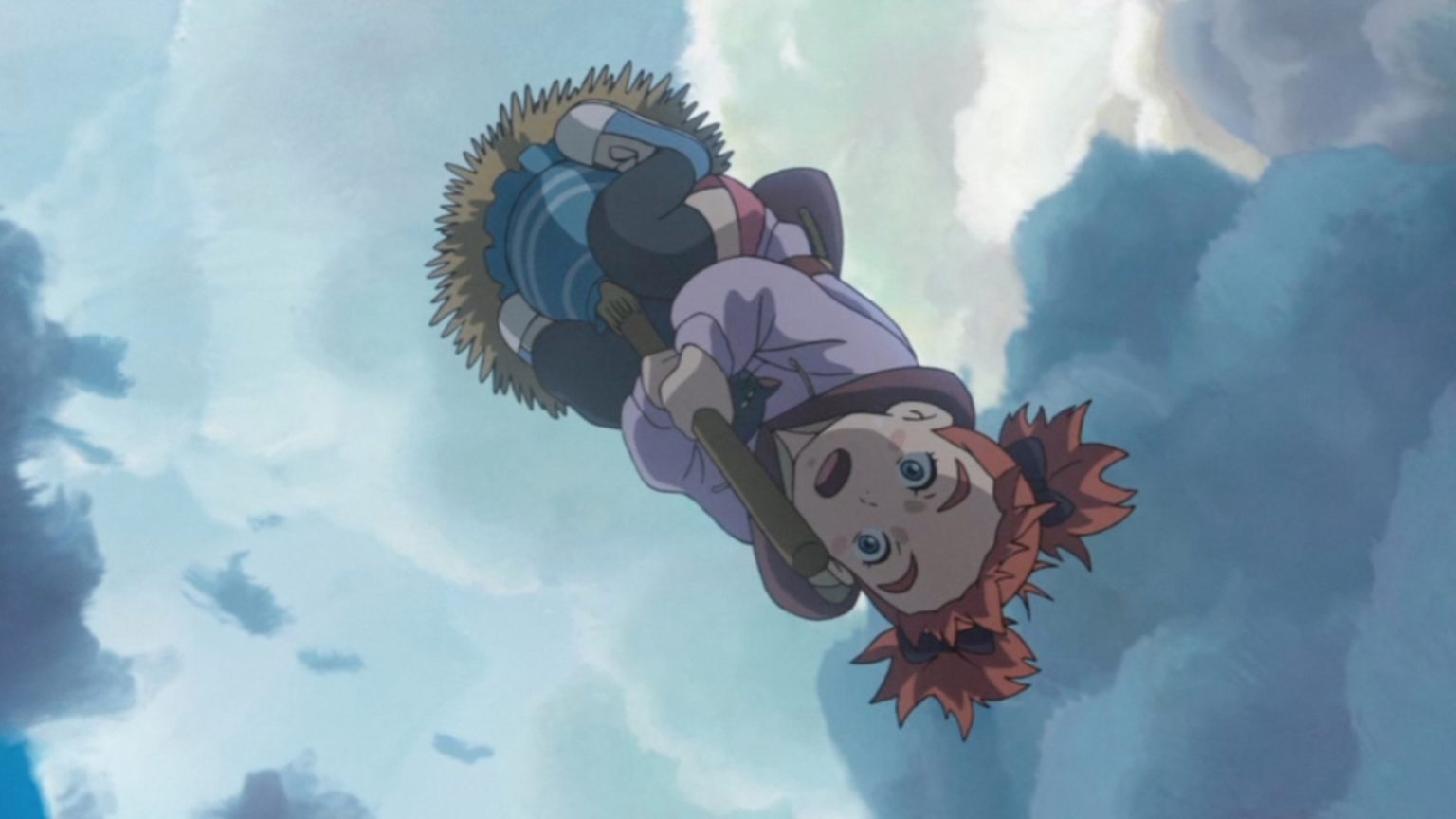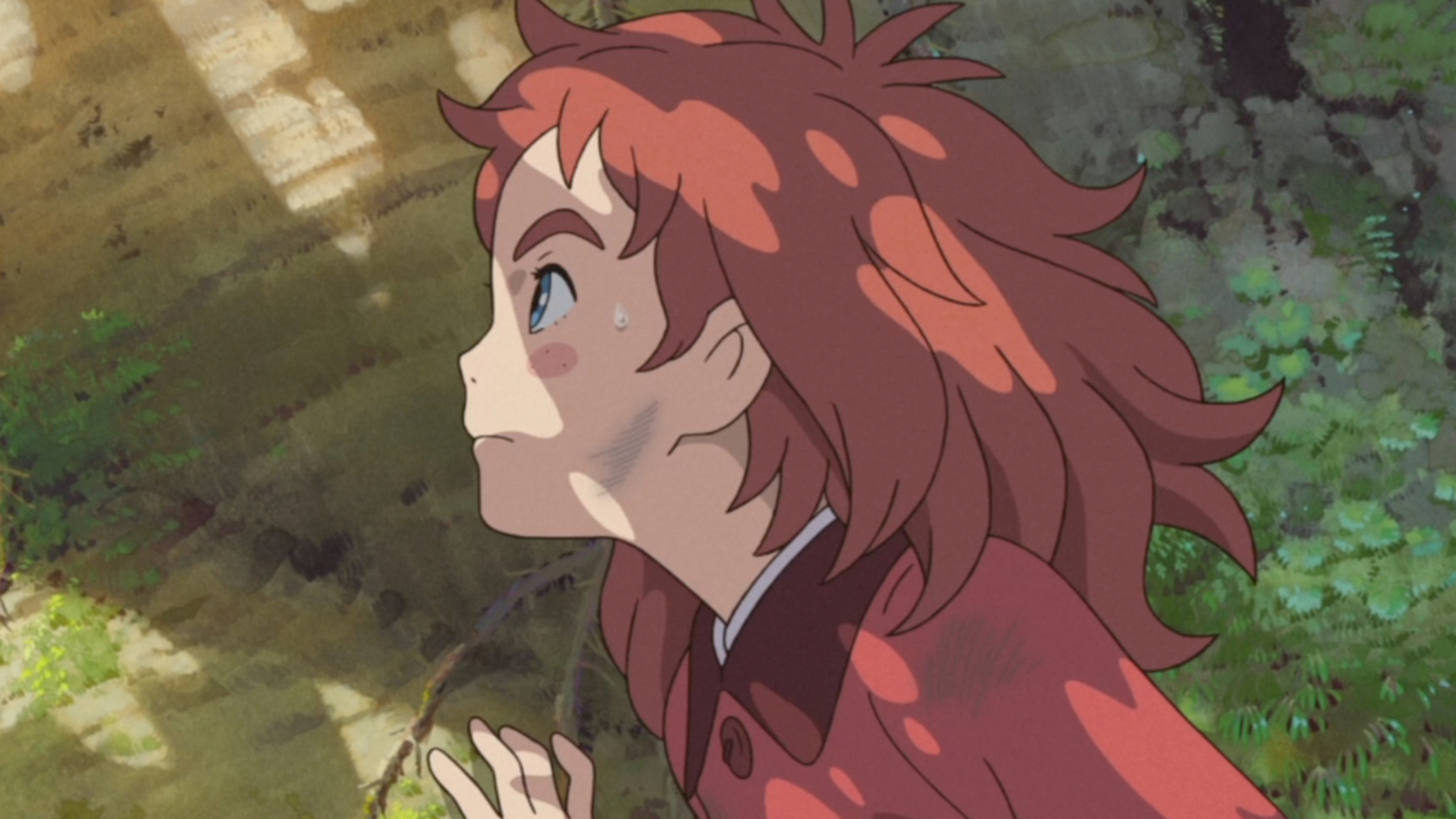The story of Studio Ghibli begins with Hayao Miyazaki’s successful adaptation of his manga, Nausicaä of the Valley of the Wind in 1984. Then, with fellow animator Isao Takahata, Miyazaki founded Studio Ghibli, which took flight with its official debut Castle in the Sky in 1986. Studio Ghibli followed up this first success with a string of films now considered classics: My Neighbor Totoro, Kiki’s Delivery Service, and Porco Rosso. But despite breaking box office records and raking in accolades in its home country, Studio Ghibli had to gradually attain recognition overseas. It wasn’t until 1997 when the animation studio released the epic Princess Mononoke—the first animated feature film to win Best Picture at the Japanese Academy Awards—that critics in the United States really took notice.
In 1996, Studio Ghibli struck a landmark deal with Disney to distribute their films internationally, which enabled the small studio to reach more western audiences and, importantly, North American critics. For the first time, these movies were cast with top American and British A-list celebrities and the English dubbings made them more accessible for an American audience. Miyazaki’s sixth Studio Ghibli feature, Spirited Away, succeeded where even Princess Mononoke failed by winning the Academy Award for Best Animated Feature in 2003.
Miyazaki and Studio Ghibli had managed the impossible. Despite these films being suffused with Japanese culture and symbolism that could have easily been lost on overseas audiences, Miyazaki’s touch seemed not to necessitate knowledge of those cultural mores. So why have Studio Ghibli’s films resonated so well with western audiences? Many critics attribute it to their films’ general lack of a “clear-cut” villain, their dialogue-free pauses to contemplate the environment (coined “pillow shots” by the late critic Roger Ebert), their heroine’s honest fallibility and fortitude, the hand-drawn style that served as an antidote for the CGI-saturated American animated films, and the diversion from Disney’s family-friendly formula.
Miyazaki retired following the release of his 2013 biopic The Wind Rises. And in 2014 Studio Ghibli released their final film to date: When Marnie Was There. By 2017, Disney had quietly passed the bulk of Studio Ghibli’s distribution rights to GKIDS, which reissued Blu-ray editions of the studio’s films.
Though the studio hasn’t made a film since 2014, its influence can still be felt. Not only has it inspired a whole generation of animators and filmmakers who grew up on the studio’s films, but key alumni have continued to work in the industry. In 2015, Studio Ghibli producer Yoshiaki Nishimura founded Studio Ponac to fill in the void left when Studio Ghibli went on hiatus.
At the helm of Studio Ponac’s feature debut, Mary and the Witch’s Flower, is Hiromasa Yonebayashi, who, in his time at Studio Ghibli, directed Arrietty and When Marnie Was There. Miyazaki and Ghibli co-founder Isao Tahakata may appear in Mary and the Witch’s Flower’s end credits dedication but what the masters lent to the film amount more to blessings than brushstrokes.
Mary and the Witch’s Flower is the story of Mary, a young woman gone to live on her great aunt’s English estate. She tries to be helpful, but is clumsy and somewhat unremarkable (except for her wild red hair). When she finds a broomstick stuck in a tree she is whisked away to a secret college of witches. But this exciting world of wonder and magic isn’t all what it seems and when Mary discovers that a boy she knows named Peter is being held captive by the witches of the college, she must fight to free him.
Mary is an archetypal Studio Ghibli heroine, without being a clone. Like Chihiro, the protagonist of Spirited Away, she lacks obvious remarkability, but the drastic circumstances she finds herself in draw the courage out of her. And like Chihiro and Sophie of Howl’s Moving Castle, Mary shuns the “glamour” and “decadence,” brought by magic. By rejecting the obvious power and influence of magic, wealth, and temptation these protagonists learn to rely on themselves.
Some detractors may find that the film overtly recycles Studio Ghibli’s recipe, but Studio Ponoc utilizes those ingredients to realize its own vision. In Ghibli’s official debut, Castle In the Sky, the protagonists pragmatically destroy an aerial kingdom of wonders to ensure that it would not be misused by the wrong hands. Mary brings this theme full circle when she defiantly bellows, “We do not need magic!” Liberated, she pushes forward without magic to define her power. And this scene serves as a fitting metaphor for Studio Ponac forging its own identity independent of its roots. It will be exciting to see what this new studio will deliver next.
Caroline Cao (@maximinalist) may or may not be an Earthling but she knows she’s a pure Houstonian. When she’s not screenwriting or playwriting, she working on her memoir for her New School MFA or frying homemade Spam lo mein noodles. Her wit has appeared in Birth Movies Death, The Mary Sue, Gurl, and Film School Reject. In 2017, she produced her first play in New York as she was attending the Critics Academy Fellowship. She also wants you to check out her personal blog.





